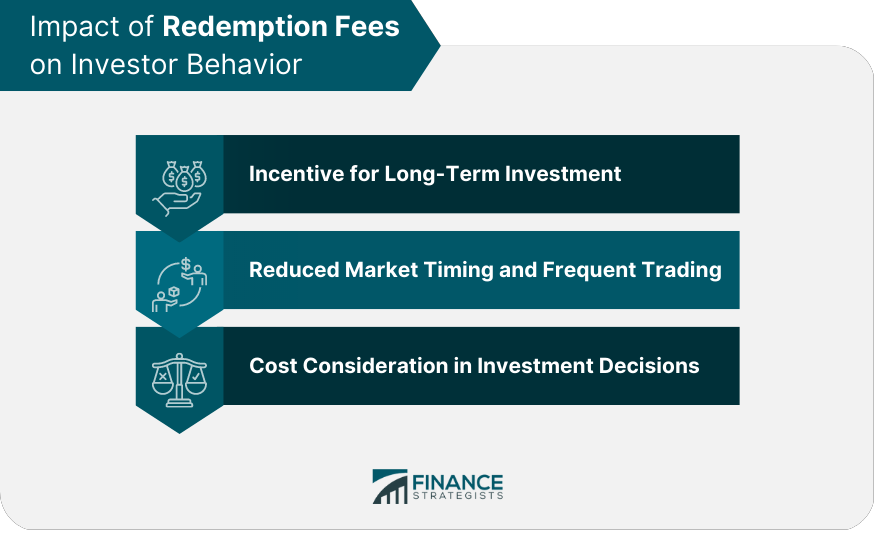Proven Strategies to Grow and Scale Your Landscaping Business
Introduction
Growing a landscaping business requires a strategic approach that combines operational excellence, market understanding, and targeted marketing. Whether you are an established company or just starting out, expanding your client base and boosting revenue demands attention to planning, team building, brand development, and service diversification. This article provides comprehensive guidance on how to grow a landscaping business, with step-by-step instructions, examples, and verified resources to help you achieve lasting success.
Develop a Solid Business Plan
Every successful landscaping business starts with a robust business plan. This plan should outline your mission, vision, values, and specific goals for growth. Begin by researching the demographics of your target customers and analyzing competitors to identify market gaps. Clarify which services are most in demand in your area and establish realistic objectives for revenue, client acquisition, and service expansion. A well-structured plan serves as a roadmap for decision-making, resource allocation, and measuring progress. It also aids in securing financing or investment, as lenders and investors typically require a detailed outline of your business’s growth strategy. For step-by-step guidance, consider consulting with a local Small Business Development Center (SBDC) or searching for ‘landscaping business plan templates’ from reputable business advisory sources.
Build a Strong Team
Your employees are the backbone of your landscaping business. Skilled, motivated teams deliver better customer experiences and help ensure client retention. Focus on hiring individuals with landscaping expertise, reliability, and a passion for customer satisfaction. Invest in ongoing training and create incentive programs to increase job satisfaction and reduce turnover. Employee retention directly contributes to service quality and business reputation. Consider implementing regular feedback sessions, professional development opportunities, and recognition programs. For hiring, you can post listings on major job boards like Indeed or use local workforce agencies. If you need help with training, look for landscaping associations or technical schools that offer relevant programs.
Prioritize Client Retention and Satisfaction
Retaining clients is often more cost-effective than acquiring new ones. Establish clear communication channels, deliver services as promised, and respond promptly to client inquiries or concerns. Use customer relationship management (CRM) software to track interactions, preferences, and service history. You can also implement customer loyalty programs, offer seasonal discounts, and request feedback to continuously improve your services. Satisfied clients are more likely to refer your business to others, serving as a powerful source of new leads. Many CRM solutions are available; conduct an online search for “best CRM for landscaping business” to find platforms that fit your needs.
Diversify Your Client Base and Services
Most landscaping businesses begin by serving either residential or commercial clients. Once you’ve reached saturation in your primary market, expand into new verticals. For example, if you focus on residential landscaping, explore opportunities with commercial properties, municipal contracts, or property management companies. Diversifying services can include adding irrigation, hardscaping, snow removal, or eco-friendly landscaping options. By broadening your service offerings, you create new revenue streams and attract different types of clients. According to industry experts, diversifying your client base and services can significantly increase revenue and help weather market fluctuations [1] .
Expand Your Service Area
Increasing your geographic reach is a proven way to grow a landscaping business. Begin by analyzing market demand in neighboring areas and identifying potential high-value customers. Expansion may require purchasing new equipment, hiring additional staff, and setting up storage facilities. Effective expansion strategies include targeted marketing campaigns, direct mail, leveraging social media, and using referral programs. Engage your existing clients to refer contacts in new service areas; their recommendations can help seed your reputation and generate quality leads. For logistical planning, utilize business management software that tracks equipment, schedules, and inventory efficiently [1] .

Source: pinelakellc.com
Implement Effective Branding and Marketing
Strong branding sets your landscaping business apart from competitors. Develop a professional logo, website, and marketing materials that convey your values and expertise. Consistency in branding builds recognition and trust. Digital marketing is essential in today’s competitive landscape. Establish a corporate blog that provides free, informative content about landscaping trends, maintenance tips, and project case studies. Search engine optimization (SEO) ensures your business appears in relevant online searches. Local marketing strategies include participating in community events, sponsoring local sports teams, and collaborating with home improvement stores. For actionable marketing ideas, consult resources such as Beacon Funding’s guide [3] and explore additional tactics to enhance visibility and customer acquisition [4] .
Leverage Technology and Business Management Tools
Adopting technology can streamline operations and improve client service. Use scheduling software, mobile apps for field teams, and integrated platforms for billing and project management. Technology reduces administrative workload, helps prevent errors, and allows you to focus on growth. Investing in a CRM helps track customer interactions, preferences, and service history, making it easier to deliver personalized experiences and retain clients. When choosing software, search for “landscaping business management platform” and review ratings and user testimonies for reliability and features.
Network and Learn from Industry Peers
Industry forums and associations provide valuable opportunities to learn from other landscaping business owners. Join online communities, attend trade shows, and participate in workshops to stay updated on best practices and innovations. Peer discussions can reveal new strategies for scaling your business, overcoming challenges, and finding inspiration from success stories. For example, LawnSite forums host conversations where entrepreneurs discuss scaling their businesses from $200,000 to $1 million and beyond [5] .
Monitor Industry Trends and Adapt
The landscaping sector evolves rapidly, with trends such as sustainable landscaping, digital quoting, and remote project management gaining traction. Stay informed about innovations by subscribing to industry publications, following thought leaders, and attending webinars. Adapting to new trends ensures your services remain relevant and appealing to clients. Regularly review your offerings and update them to reflect current market preferences and regulatory changes.
Overcoming Challenges and Alternative Approaches
Common challenges in growing a landscaping business include workforce shortages, seasonal fluctuations, and competition. To address these, consider cross-training employees, offering year-round services, and differentiating your brand through unique value propositions. Alternative growth strategies may include forming strategic partnerships with property management firms or local government agencies. You can also explore franchising your business model or acquiring smaller competitors to accelerate expansion. If you encounter obstacles, reach out to local business advisory services for guidance or explore online forums for peer support and advice.

Source: cartoondealer.com
Step-by-Step Instructions to Get Started
1. Define your business goals and draft a detailed business plan. 2. Research your target market and analyze competitors. 3. Hire and train a reliable team; invest in retention strategies. 4. Implement a CRM and other management tools. 5. Diversify your client base and service offerings. 6. Expand your geographic service area based on market demand. 7. Develop a strong brand and launch targeted marketing campaigns. 8. Network with peers and adapt to industry trends. 9. Monitor progress and adjust your strategy as needed.
Key Takeaways
Growing a landscaping business requires a multi-faceted approach, including strategic planning, team building, market expansion, and leveraging technology. Prioritize client retention, diversify your services, and implement effective marketing to boost revenue and reputation. Stay informed about industry trends and seek support from professional networks and advisory services. By following these steps and continuously adapting, your landscaping business can achieve sustainable growth and long-term success.
References
- [1] Aspire (2022). How to Grow Your Landscaping Business (In 8 Steps).
- [2] Webba Booking (2024). 5 Proven Strategies on How to Grow Landscaping Business.
- [3] Beacon Funding (2024). 5 Marketing Strategies for Your Landscaping Business.
- [4] Webrunner Media (2025). 20 Landscaping Marketing Tactics to Grow Faster.
- [5] LawnSite (2023). Scaling Your Lawn and Landscape Business from $200,000 to $1 Million.
MORE FROM jobsmatch4u.com













